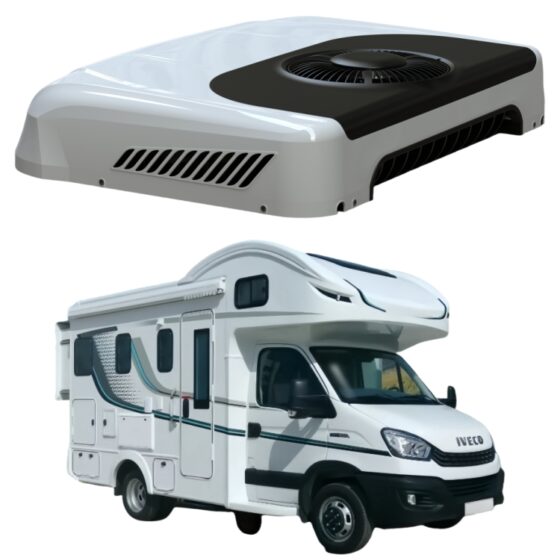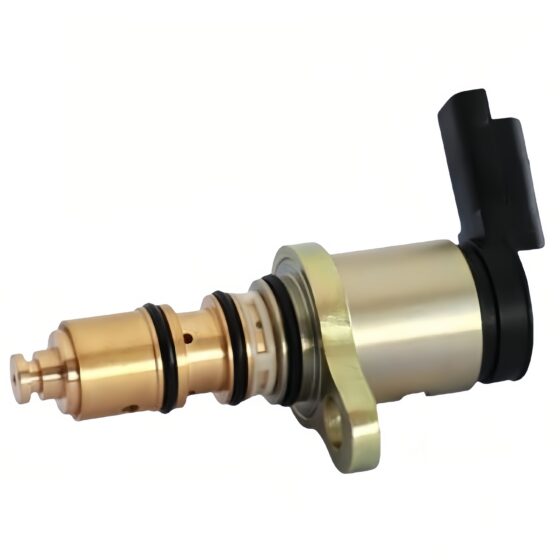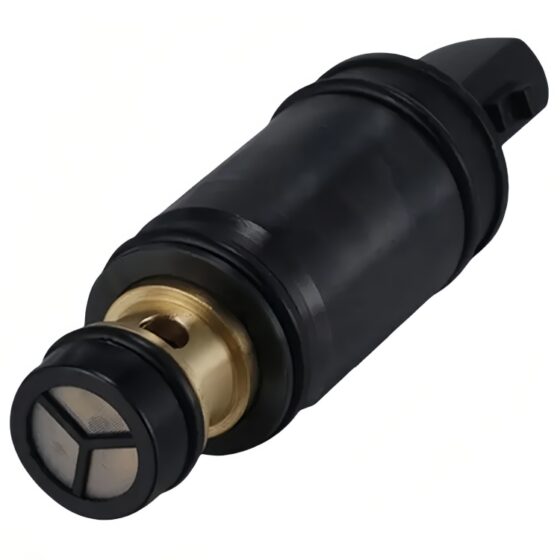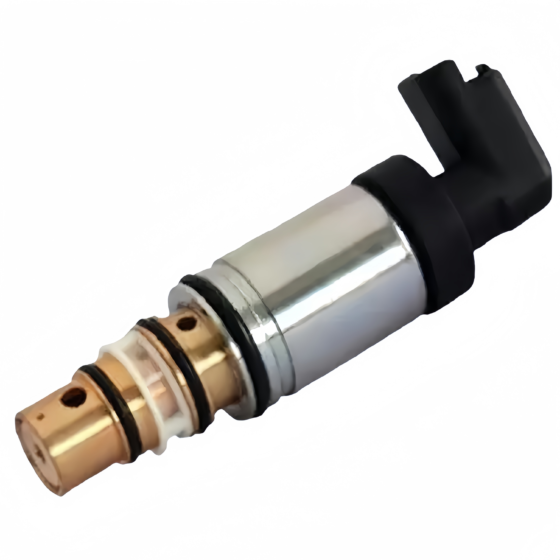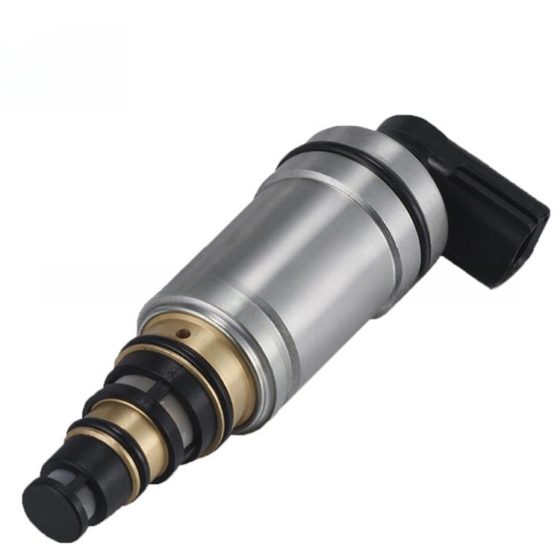Parking air conditioning is a type of indoor air conditioner. The device refers to the use of a vehicle mounted battery DC power supply (12V/24V/36V) to continuously operate the air conditioning during parking, waiting, and rest, and to adjust and control the temperature, humidity, flow rate, and other parameters of the ambient air inside the vehicle, fully meeting the comfortable cooling needs of truck drivers. Due to the limited battery capacity of the car battery and the poor user experience with winter heating, the parking air conditioning is mainly single cooled. It generally includes refrigerant medium transportation systems, cold source equipment, end devices, and other auxiliary systems. Mainly including: condenser, evaporator, electrical control system, compressor, fan, and piping system. The end device utilizes the cold energy from transmission and distribution to specifically handle the air condition inside the cabin, providing a comfortable resting environment for truck drivers.

Split Type
The split unit adopts the design scheme of household air conditioning, with the internal unit installed in the cab and the external unit installed outside the cab, which is currently the mainstream installation type. Its
advantages are that due to its separate design, the compressor and condenser fans are located outside the carriage, with low operating noise, standardized installation, fast and convenient operation, and low price. It has a
certain competitive advantage compared to the top mounted integrated machine. The all-in-one machine is installed on the roof, and its compressor, heat exchanger, and outlet are integrated together, with a high degree of
integration, overall aesthetics, and space saving. It is currently the most mature design solution.
Technical Parameters
The parameters of parking air conditioning mainly include voltage, maximum
input power, maximum input current, maximum cooling capacity, maximum circulating aivolume refrigerant and weight etc.

Battery capacity
The amount of electricity stored in the car battery directly determines the usage time of the parking air conditioning. The commonly used battery specifications for trucks on the market are 150AH, 180AH, and 200AH.
Vehicle structure
The car body is small and requires less cooling space. At this time, the time required for high load cooling is short, and the battery life is long.
Input power
The lower the input power of the parking air conditioning, the longer it will be used. The input power of parking air conditioning is generally within the range of 700-1200W.
Parking air conditioning is a matching device for trucks, trucks, and construction machinery, which can solve the problem of not being able to use the original car air conditioning when trucks and construction machinery are parked. Using DC12V/24V/48V on-board batteries to power the air conditioner, without the need for generator equipment; The refrigeration system uses safe and environmentally friendly R134a
 refrigerant as the refrigerant, therefore, the parking air conditioning is a more energy-efficient and environmentally friendly electric driven air conditioning. Compared to traditional car air conditioning, parking air conditioning does not rely on vehicle engine power, which can save fuel and reduce environmental pollution. The main structural forms are divided into two types: split type and integrated type. Split style is further divided into split backpack style and split top style. According to whether it is variable frequency, it can be divided into fixed frequency parking air conditioning and variable frequency parking air conditioning. The market is mainly focused on heavy-duty trucks for long-distance transportation, automotive parts cities, and post loading in repair shops. În viitor, it will expand into the engineering field of loading and unloading trucks, while also expanding the truck pre loading market, which has broad application and development prospects. In response to the complex application scenarios of parking air conditioning, many leading companies in parking air conditioning have developed more comprehensive laboratory testing environments with strong scientific research capabilities, covering multiple laboratory testing projects including vibration, mechanical impact, and noise.
refrigerant as the refrigerant, therefore, the parking air conditioning is a more energy-efficient and environmentally friendly electric driven air conditioning. Compared to traditional car air conditioning, parking air conditioning does not rely on vehicle engine power, which can save fuel and reduce environmental pollution. The main structural forms are divided into two types: split type and integrated type. Split style is further divided into split backpack style and split top style. According to whether it is variable frequency, it can be divided into fixed frequency parking air conditioning and variable frequency parking air conditioning. The market is mainly focused on heavy-duty trucks for long-distance transportation, automotive parts cities, and post loading in repair shops. În viitor, it will expand into the engineering field of loading and unloading trucks, while also expanding the truck pre loading market, which has broad application and development prospects. In response to the complex application scenarios of parking air conditioning, many leading companies in parking air conditioning have developed more comprehensive laboratory testing environments with strong scientific research capabilities, covering multiple laboratory testing projects including vibration, mechanical impact, and noise.
 Suzhou Roger Auto Parts Co., Ltd.
Suzhou Roger Auto Parts Co., Ltd.
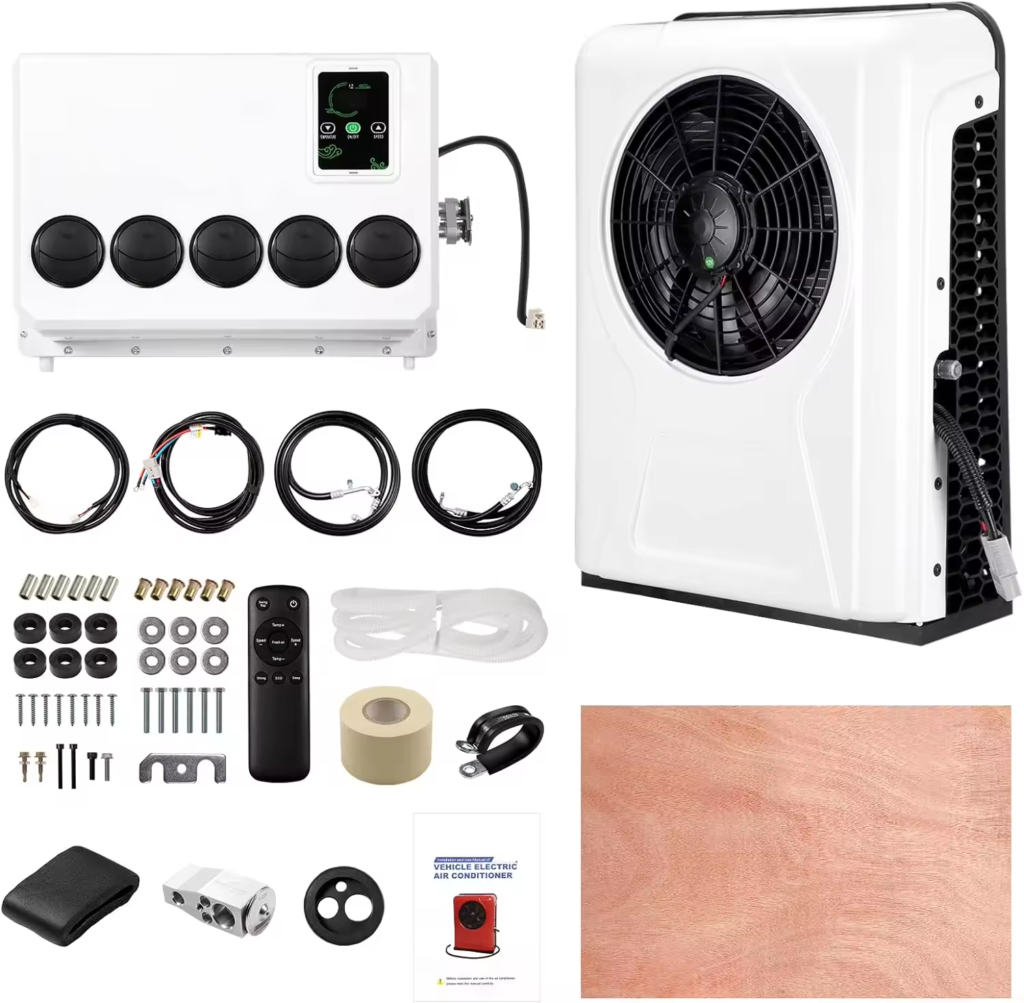
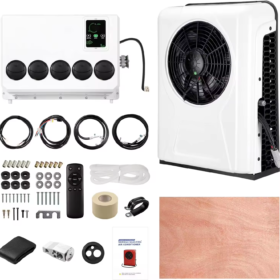

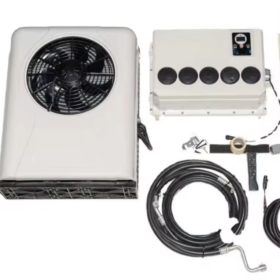


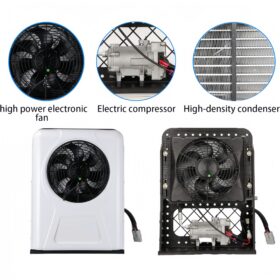



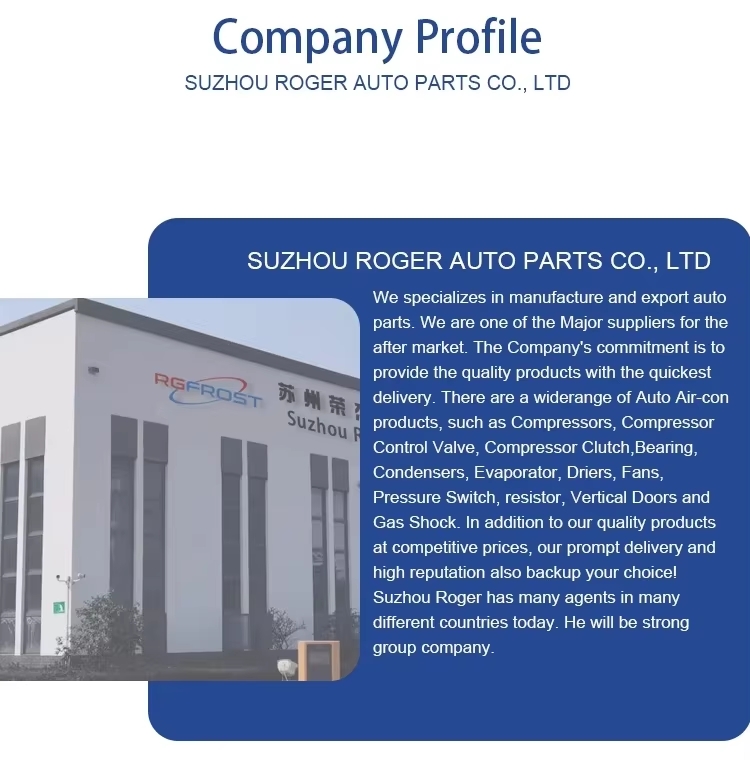
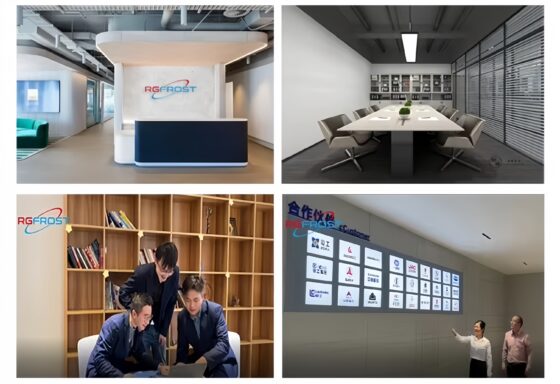
 Compania noastră are mulți ani de experiență în industrie, inovația și calitatea excelentă a serviciilor sunt competitivitatea noastră de bază, angajamentul de a oferi clienților produse și servicii de cea mai înaltă calitate. Ca lider în industrie, Aderăm întotdeauna la orientarea către cererea clienților, și prin cercetare și dezvoltare tehnologică continuă și îmbunătățirea proceselor, Produsele noastre au avantaje competitive remarcabile pe piață.
Compania noastră are mulți ani de experiență în industrie, inovația și calitatea excelentă a serviciilor sunt competitivitatea noastră de bază, angajamentul de a oferi clienților produse și servicii de cea mai înaltă calitate. Ca lider în industrie, Aderăm întotdeauna la orientarea către cererea clienților, și prin cercetare și dezvoltare tehnologică continuă și îmbunătățirea proceselor, Produsele noastre au avantaje competitive remarcabile pe piață.





